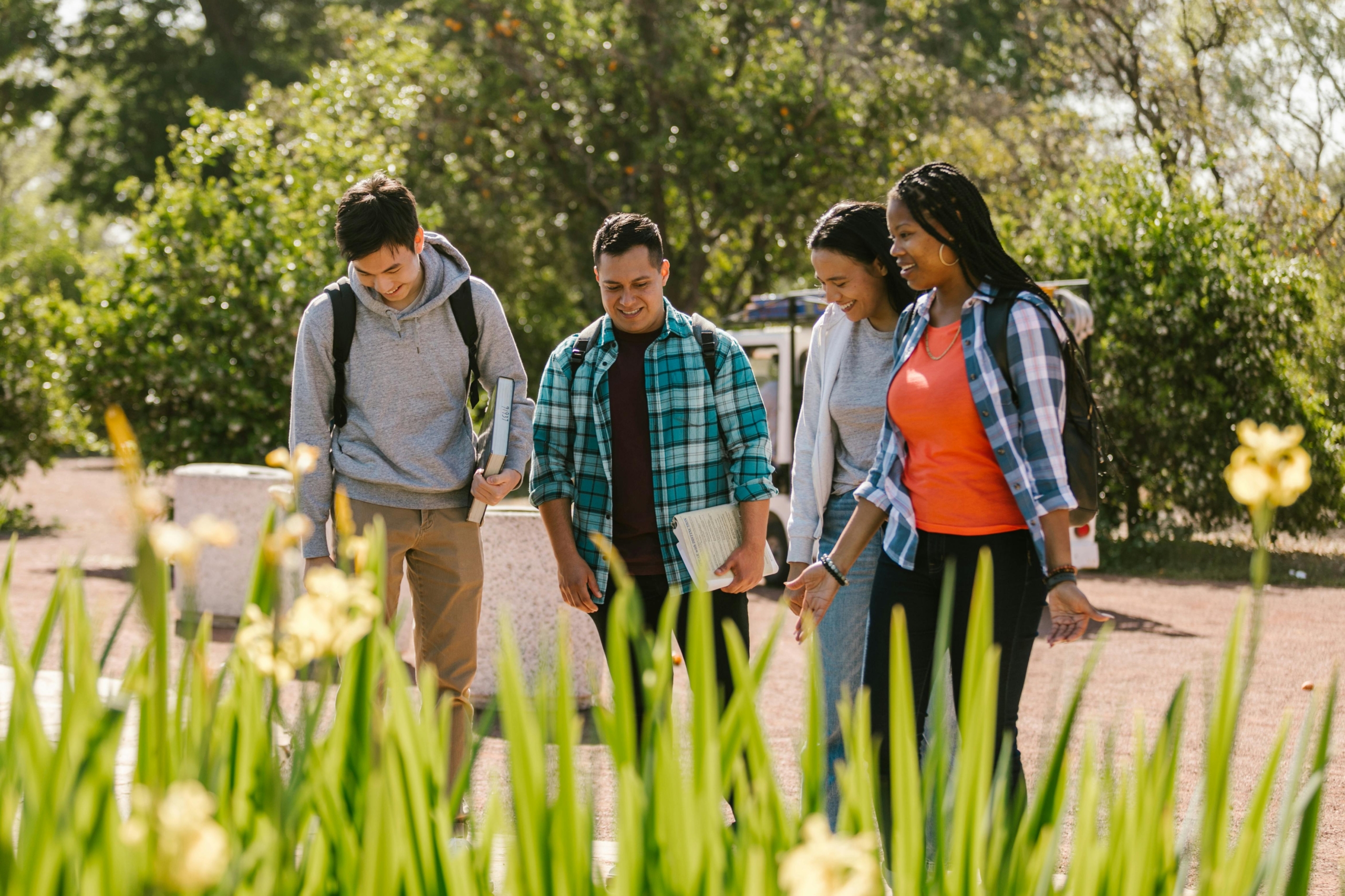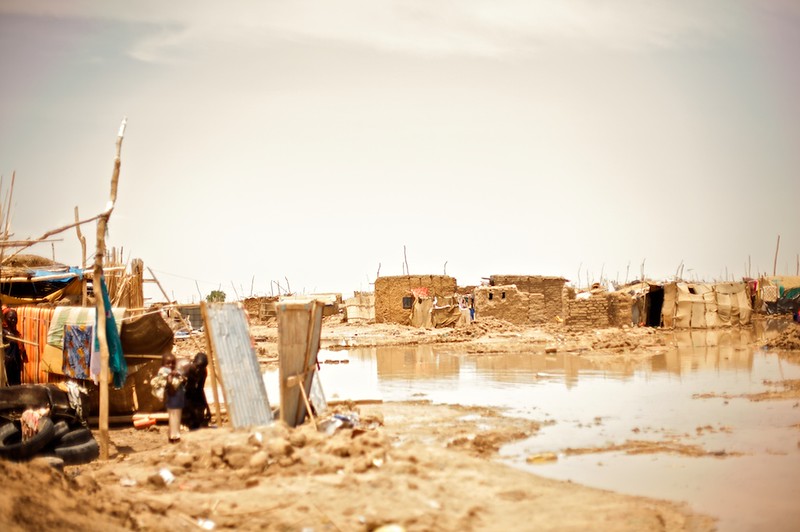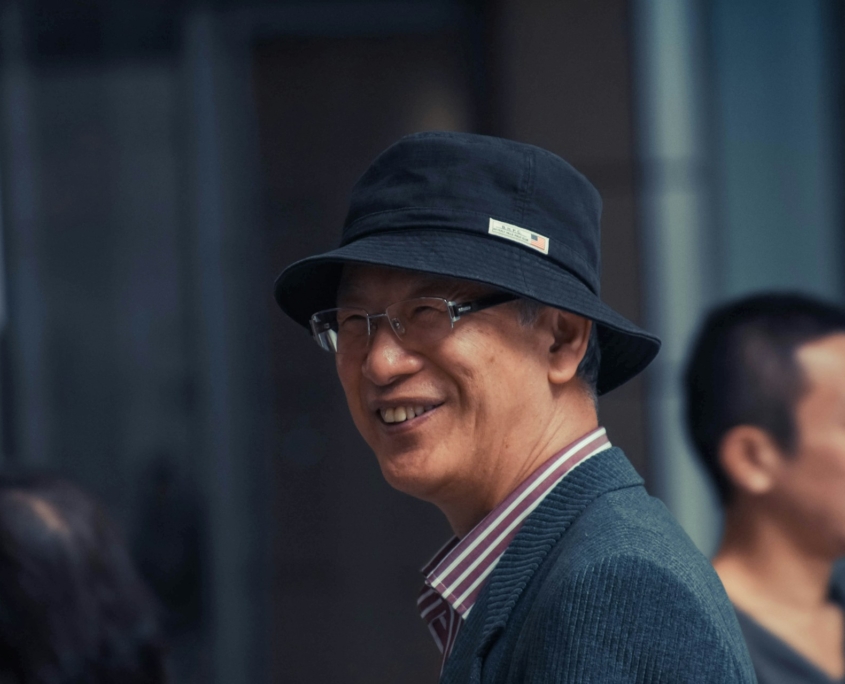 Japan, with its advanced social and economic markets, stands out in the East. However, neighboring countries continue to struggle with poverty. To address this, the country has launched innovative programs aimed at alleviating poverty in the east by bolstering the economies of these nations. This article examines Japan’s efforts to assist low-income countries in the East.
Japan, with its advanced social and economic markets, stands out in the East. However, neighboring countries continue to struggle with poverty. To address this, the country has launched innovative programs aimed at alleviating poverty in the east by bolstering the economies of these nations. This article examines Japan’s efforts to assist low-income countries in the East.
Japan Fund for Poverty Reduction
The Japan Fund for Poverty Reduction (JFPR), founded in 2000, provides grants to the poorest nations and most vulnerable groups, particularly the Asia-Pacific region. Such countries include India, Nepal, the Philippines and Malaysia. It aims to foster sustainable socioeconomic development. The grants target poverty reduction initiatives with the direct participation of nongovernment organizations, community groups and civil society. Eastern countries received $612.4 million from Japan as of 2013.
Nepal
From 2001 to 2011, JFPR helped Nepal with 10 projects and more than $17 million worth of aid. These projects include agriculture, governance and social sectors. At the moment, JFPR is supporting Nepal’s efforts to reduce anemia and other vitamin and mineral deficiency-related conditions. In addition, it assists the Nepal Police in inventing a new and improved system for the treatment of victims of crime against women and children in five districts.
Marginalized groups in Nepal such as Dalit, Majhi, Kumal and Bhote, have been helped by raising awareness about their social rights, organizing campaigns for social awareness and other workshops. Japan aims to integrate them fully into Nepalese society. There are also efforts to increase the number of Nepalese with legal identity documents, especially among the poor and vulnerable groups.
The ODA programs
Japan is also a major donor to countries in East Asia and other regions. In 2021, $10.7 billion was allocated to Asia. Through its ODA programs, areas such as health care, education, infrastructure development and agriculture are aided. Notable improvement has been seen in East Asia and Southeast Asia. In 1990, approximately 21% of people were living in poverty in Southeast Asia, as opposed to 6.8% in 2004.
ODA –India
India has been one of the biggest receivers of Japan’s ODA loan over the last few decades. The Delhi Metro presents itself as a success story as a result of Japan’s contributions. The country introduced its Shinkansen System to India to build high-speed railways, the staple project of the Japan-India partnership. In 2022, India received 567.5 billion yen in loans from Japan and 4.7 billion yen in grants. Japan continues its support through the “Act East” policy and “Partnership for Quality Infrastructure” which help to support strategic connectivity.
Looking Ahead
Japan’s commitment to alleviating poverty in neighboring Eastern countries is making a significant impact, providing vulnerable communities with the tools needed for sustainable development. Through targeted grants and development projects, Japan is fostering economic growth, enhancing social welfare and improving the living standards of millions. The success stories emerging from these efforts highlight the powerful role of international collaboration in tackling global poverty. Looking ahead, Japan’s innovative programs promise to continue supporting the fight against poverty, driving progress and prosperity in the East.
– Sepy Akbarian
Sepy is based in the UK and focuses on World News for The Borgen Project.
Photo: Unsplash

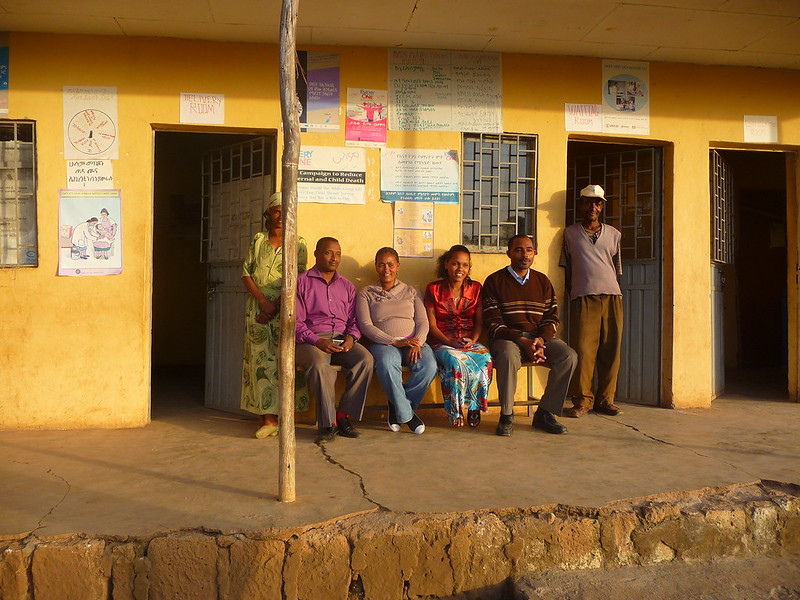 The United States (U.S.) has demonstrated its commitment to prioritizing
The United States (U.S.) has demonstrated its commitment to prioritizing 
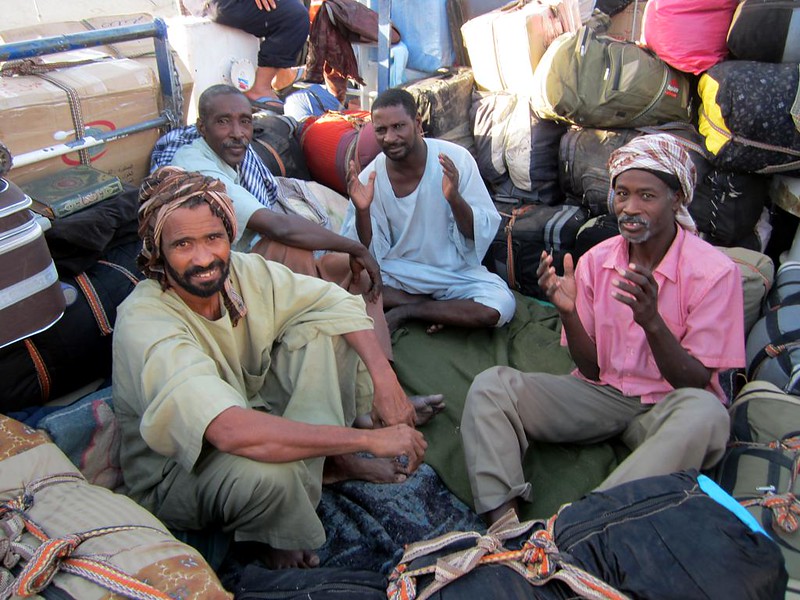 In March 2024, the Grain from Ukraine initiative, launched by President Zelenskyy in 2022, contributed 7,600 tonnes of wheat
In March 2024, the Grain from Ukraine initiative, launched by President Zelenskyy in 2022, contributed 7,600 tonnes of wheat 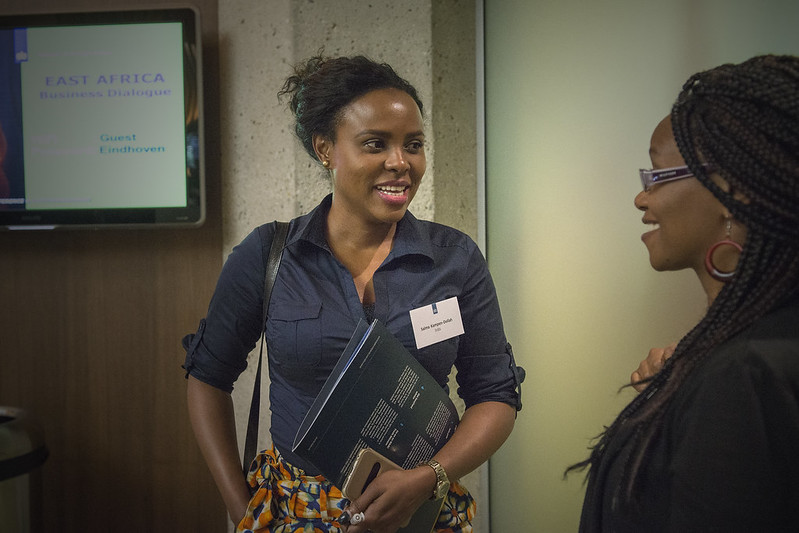 The
The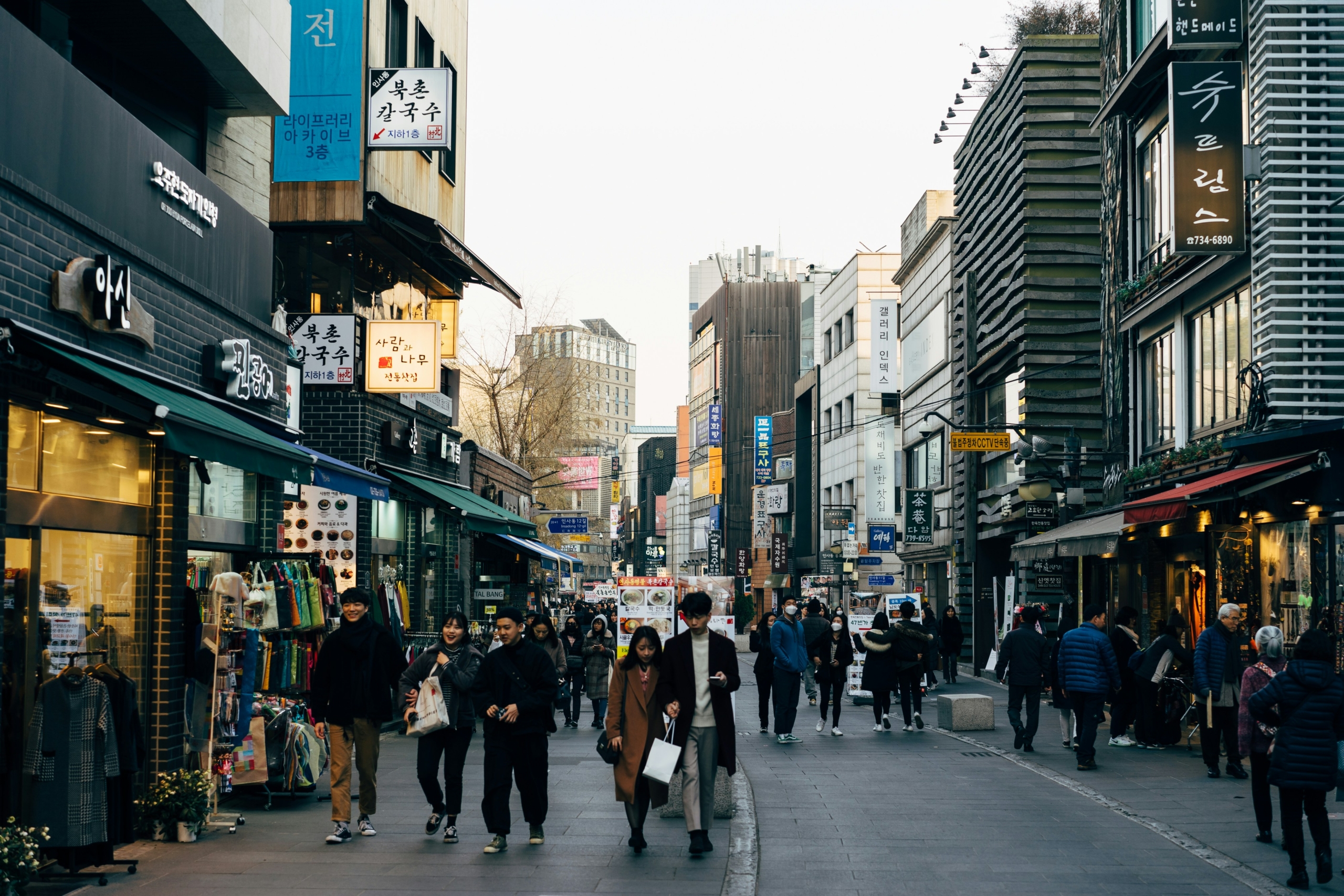 The Korean wave is taking the 21st century by storm with the world of K-pop, K-dramas and K-beauty. Within the context of this cultural phenomenon, this is how South Korea emerged as an influential global force and what it has done to tackle poverty reduction.
The Korean wave is taking the 21st century by storm with the world of K-pop, K-dramas and K-beauty. Within the context of this cultural phenomenon, this is how South Korea emerged as an influential global force and what it has done to tackle poverty reduction. While Guatemala is home to the largest economy in Central America,
While Guatemala is home to the largest economy in Central America, 
